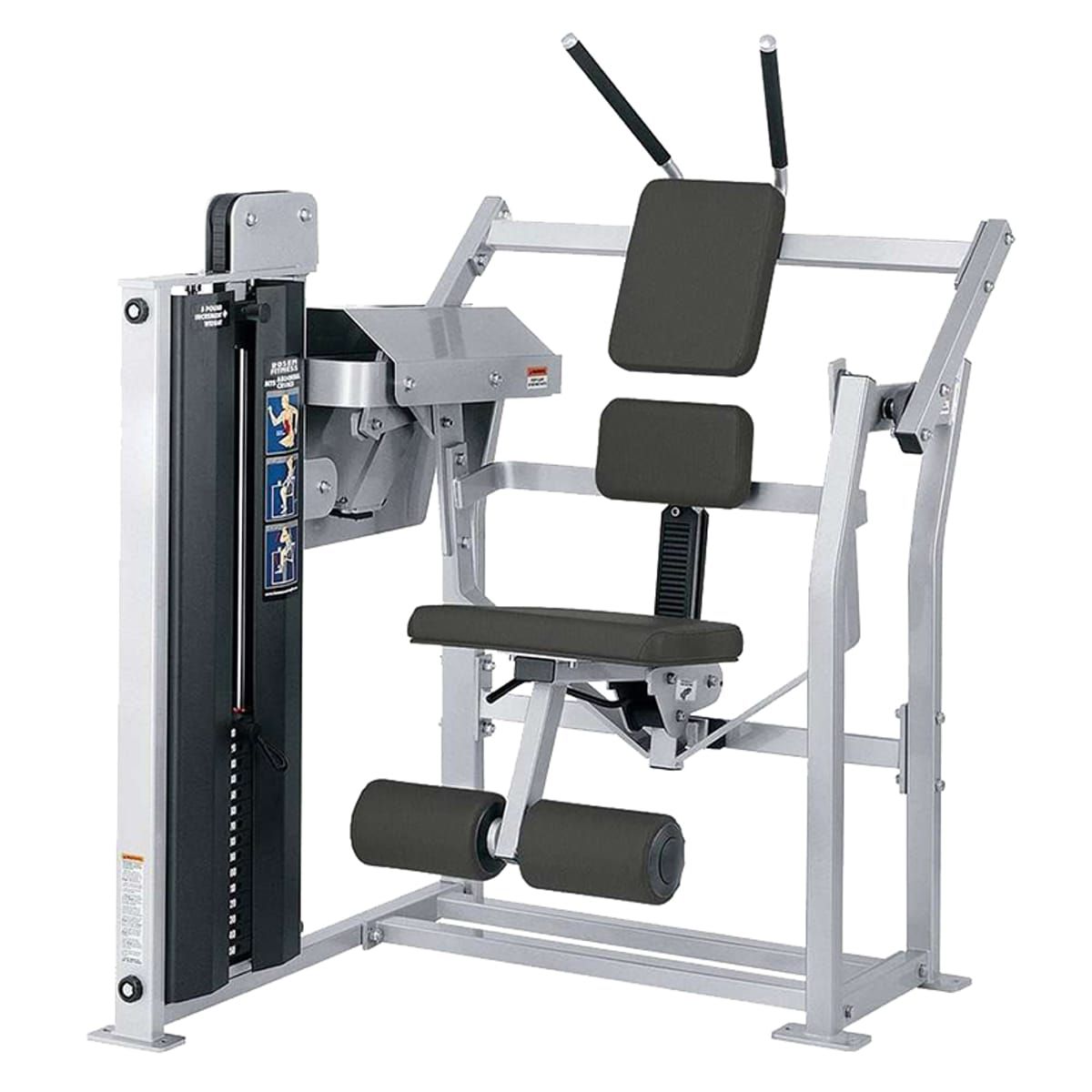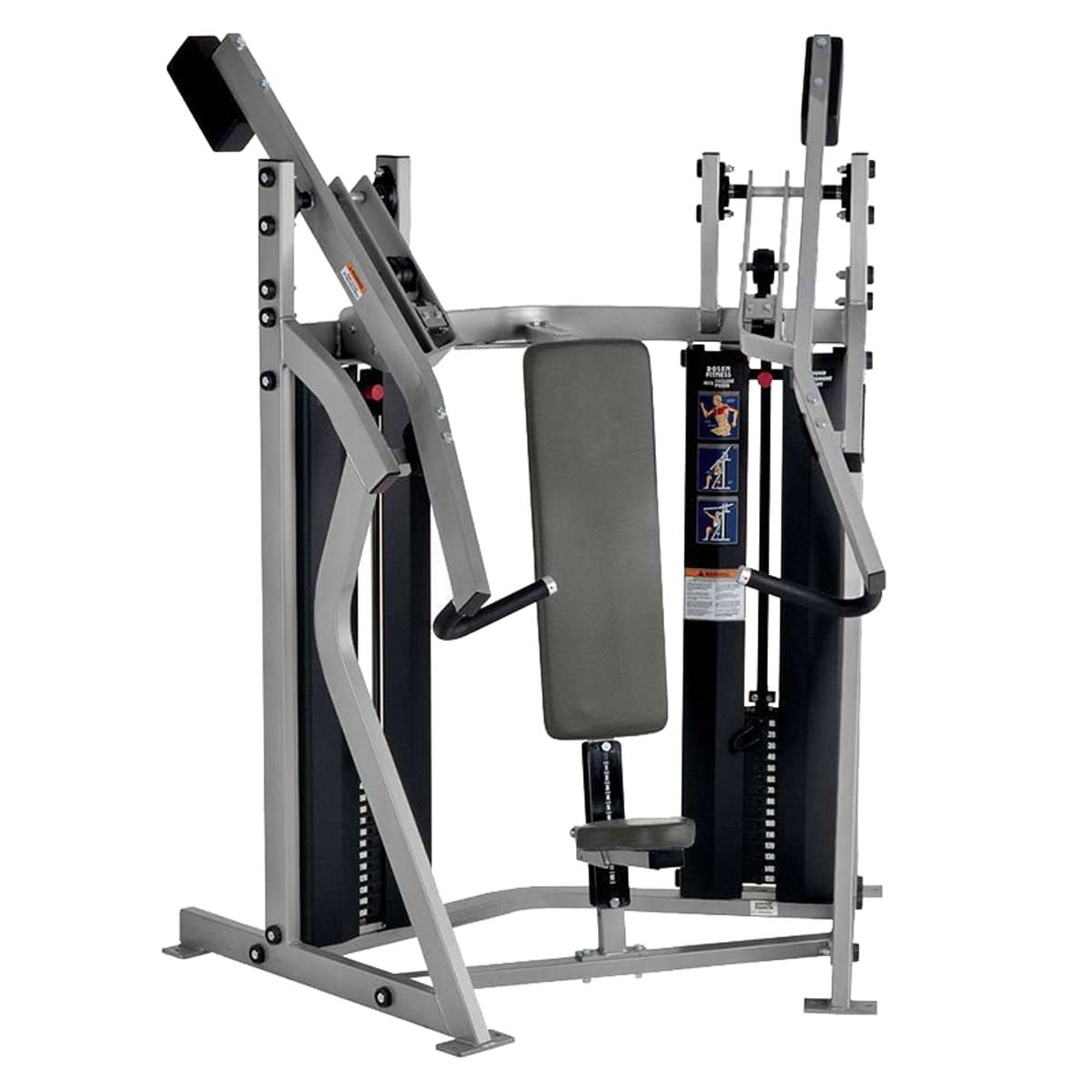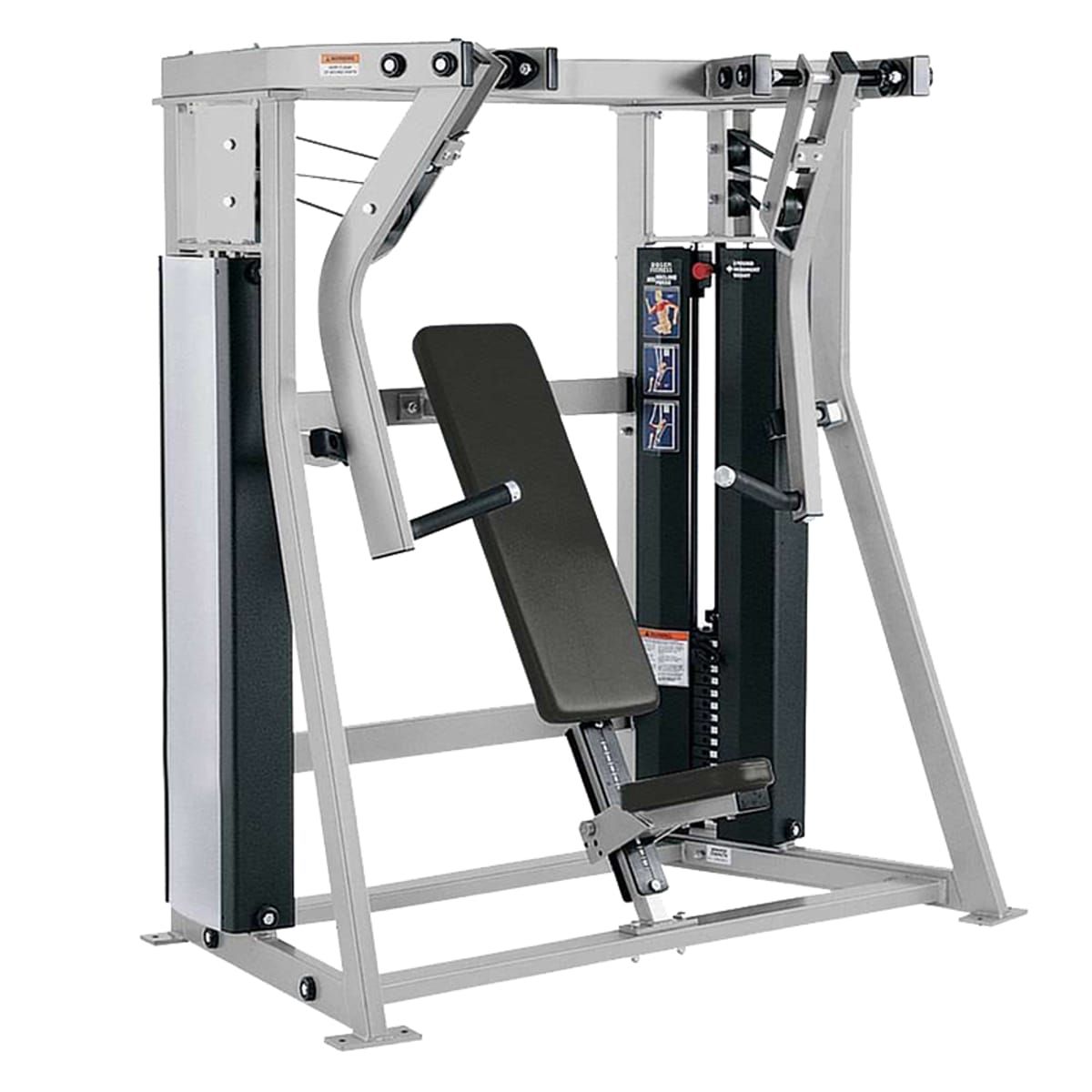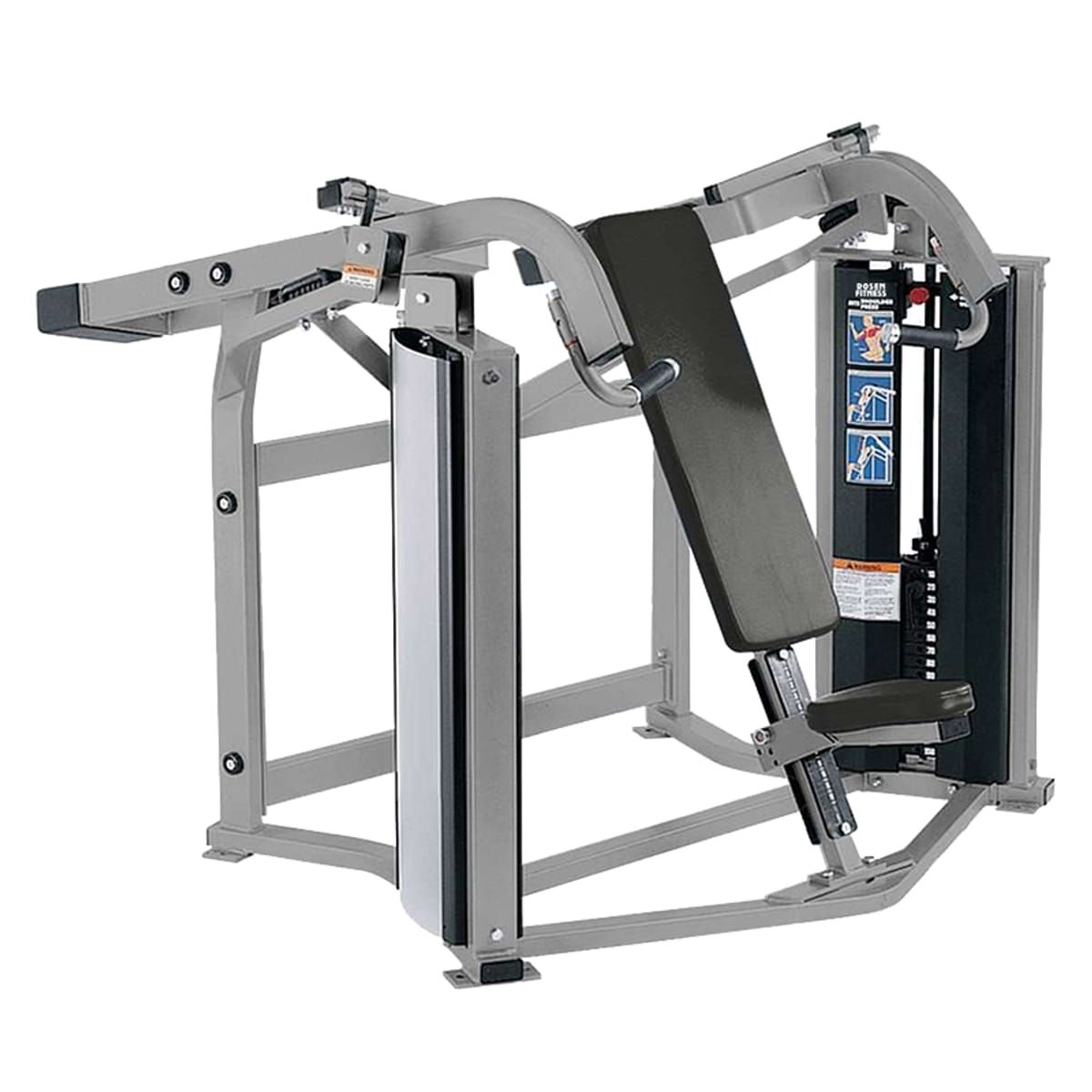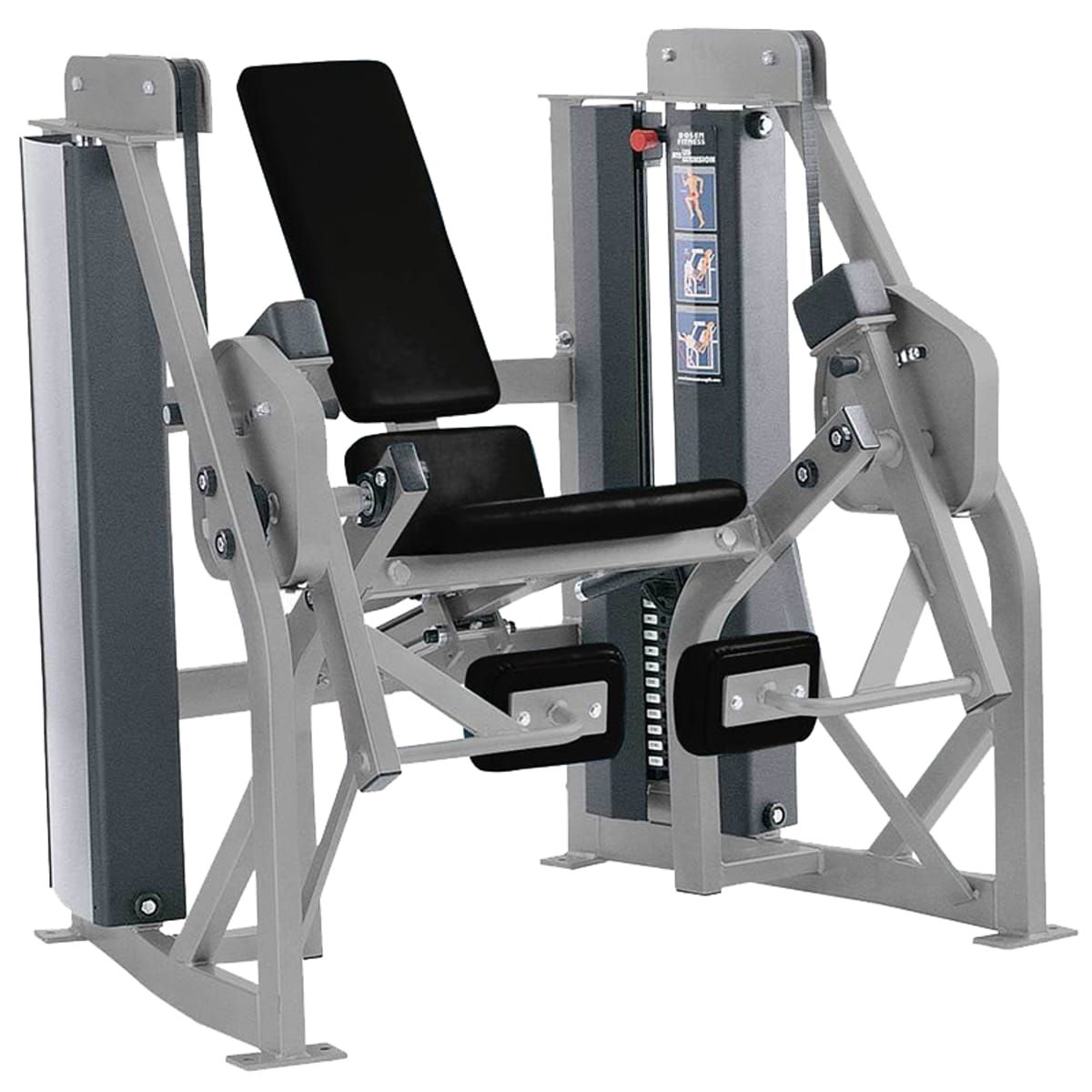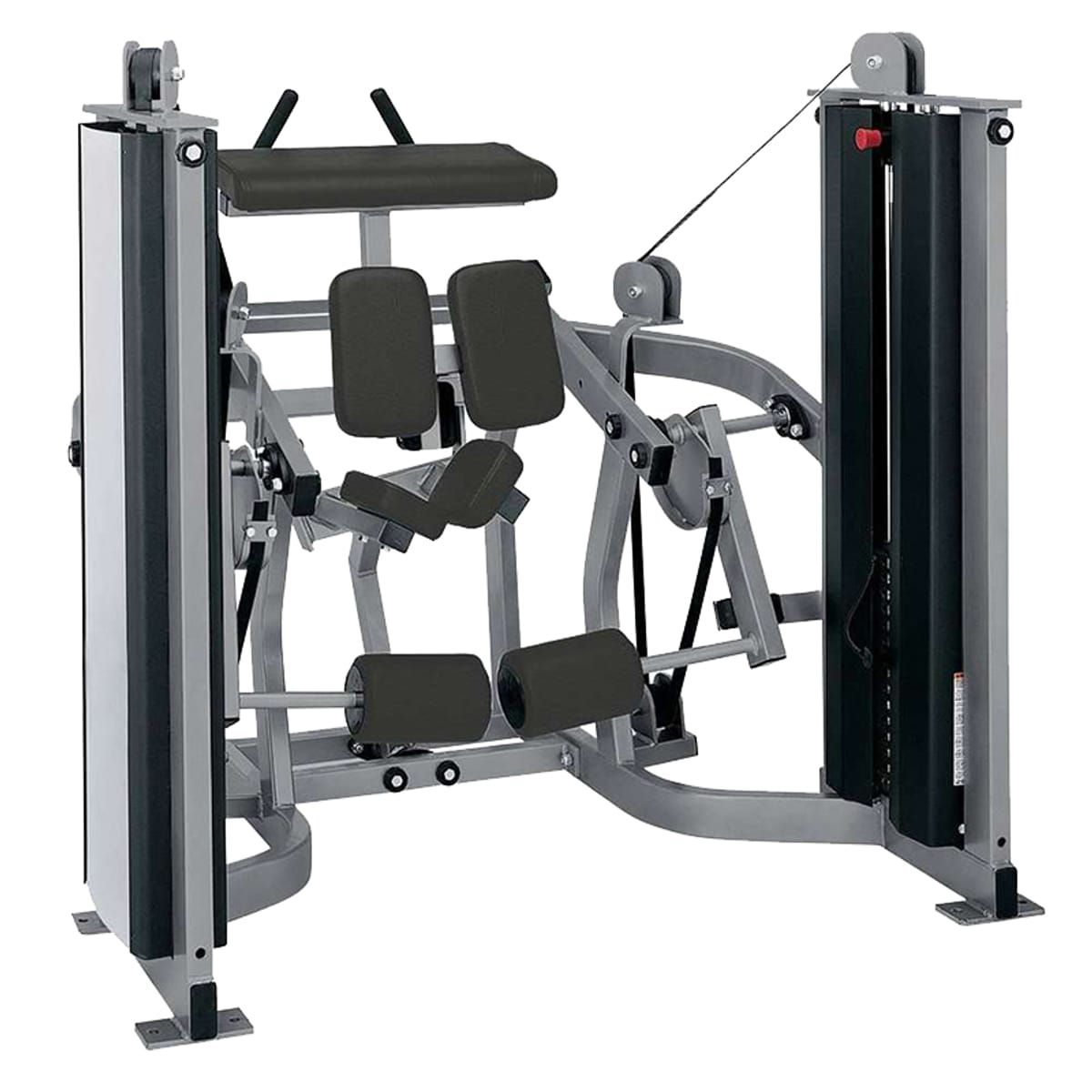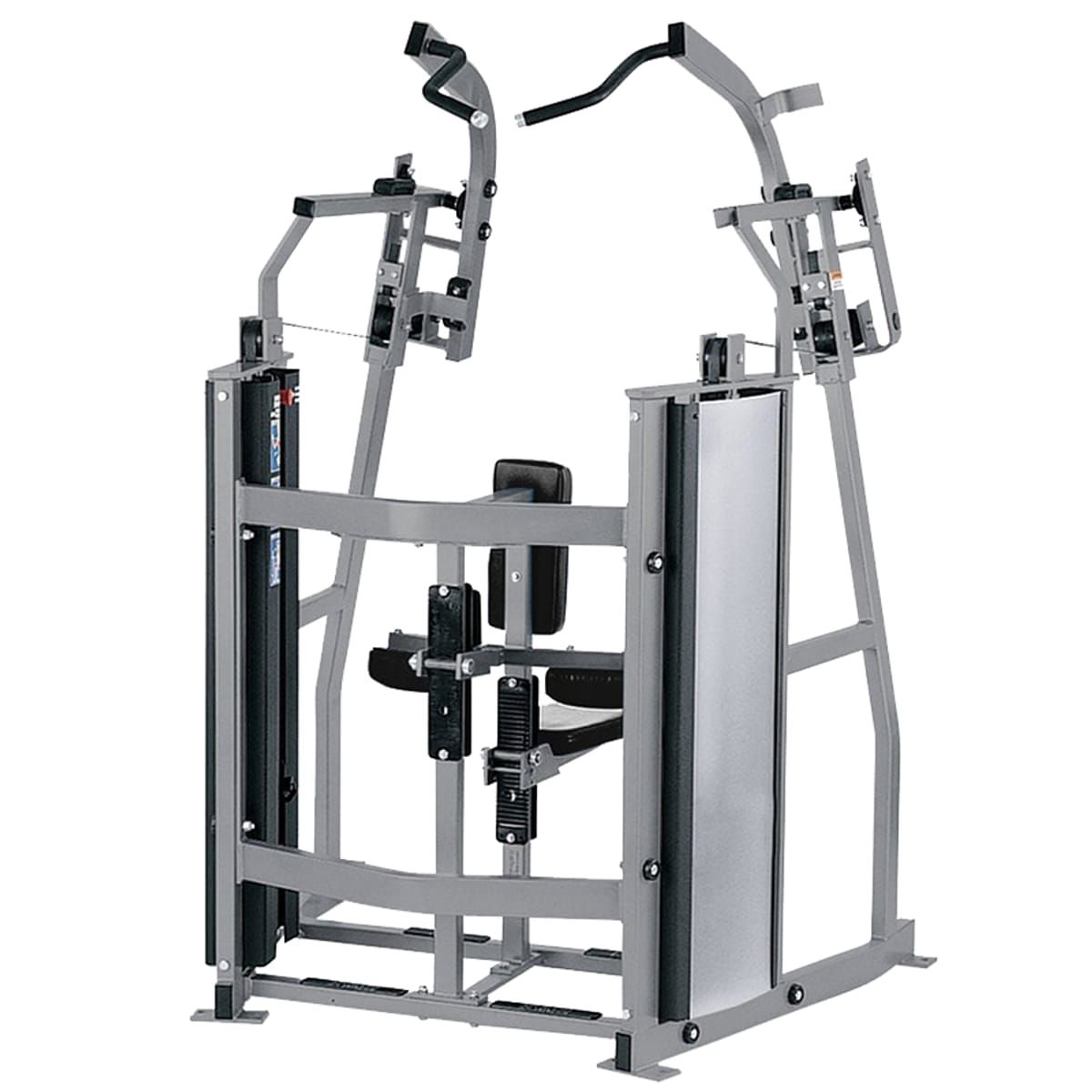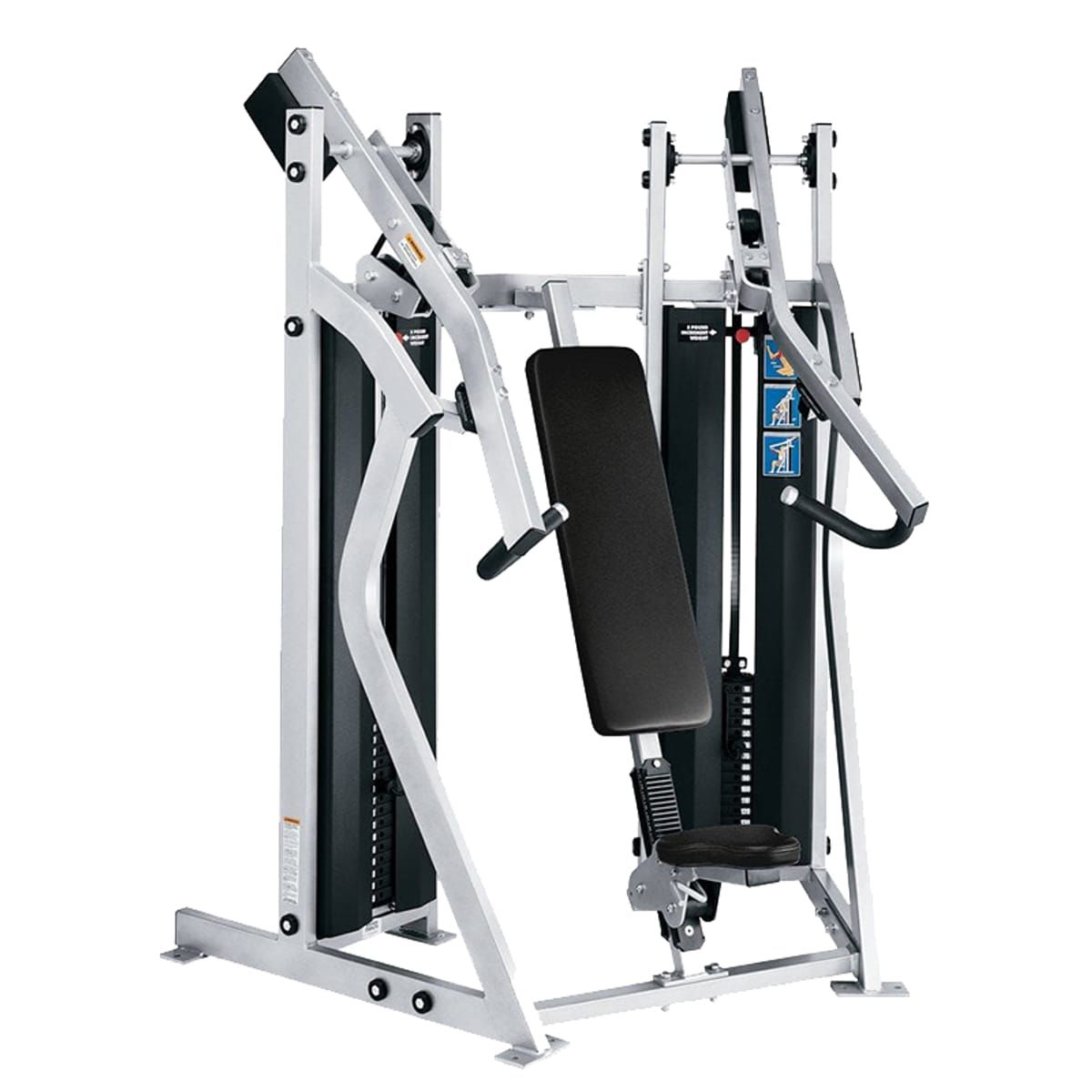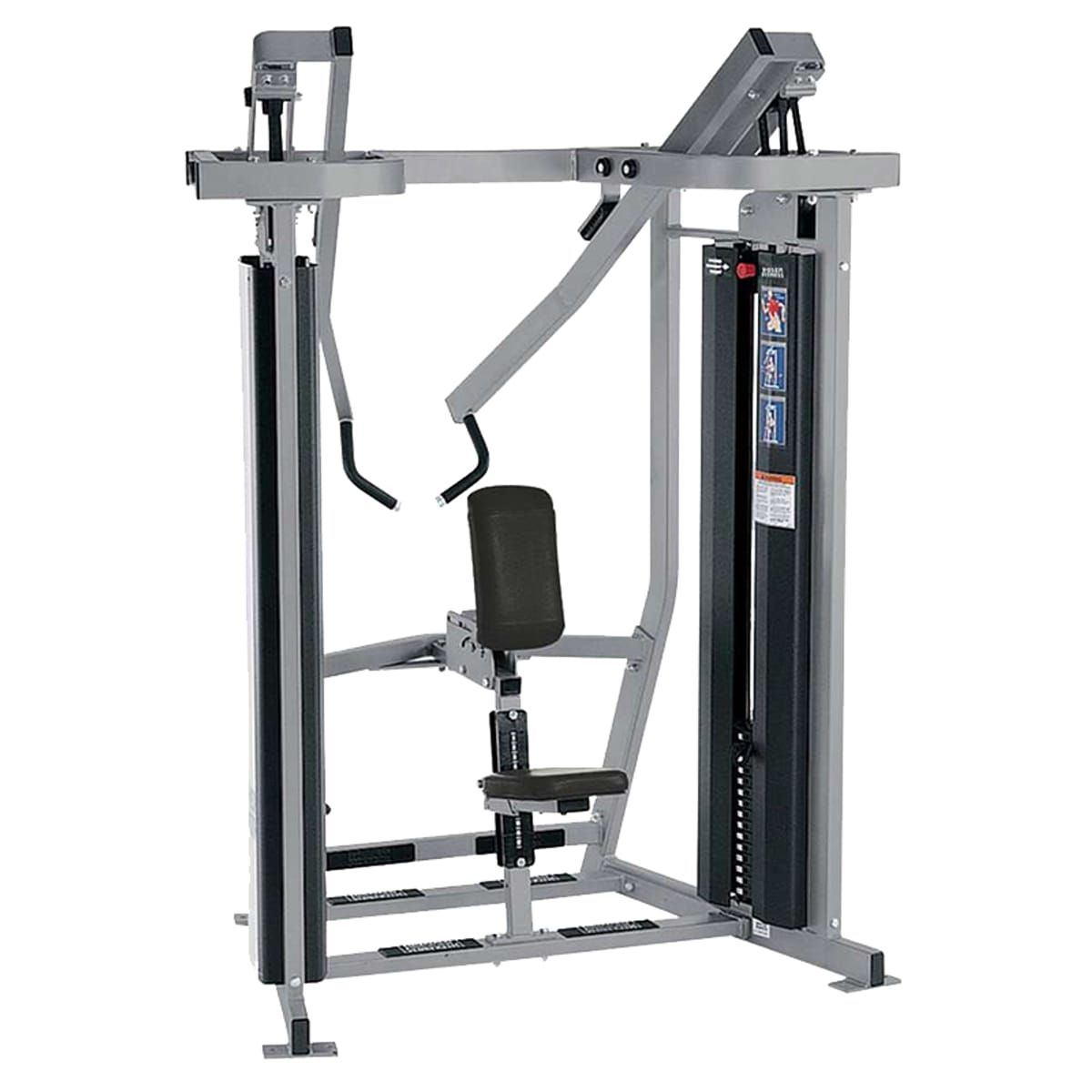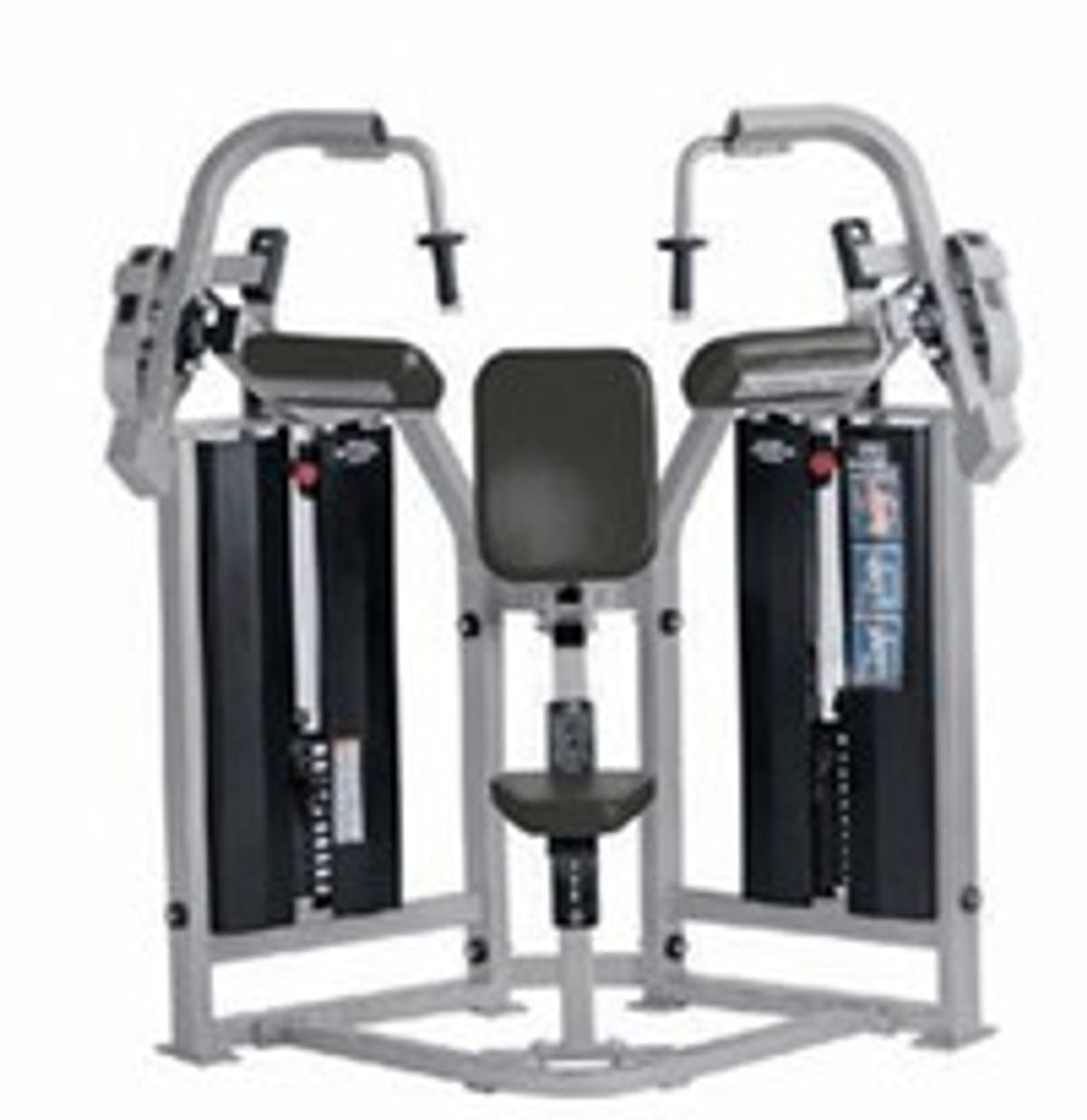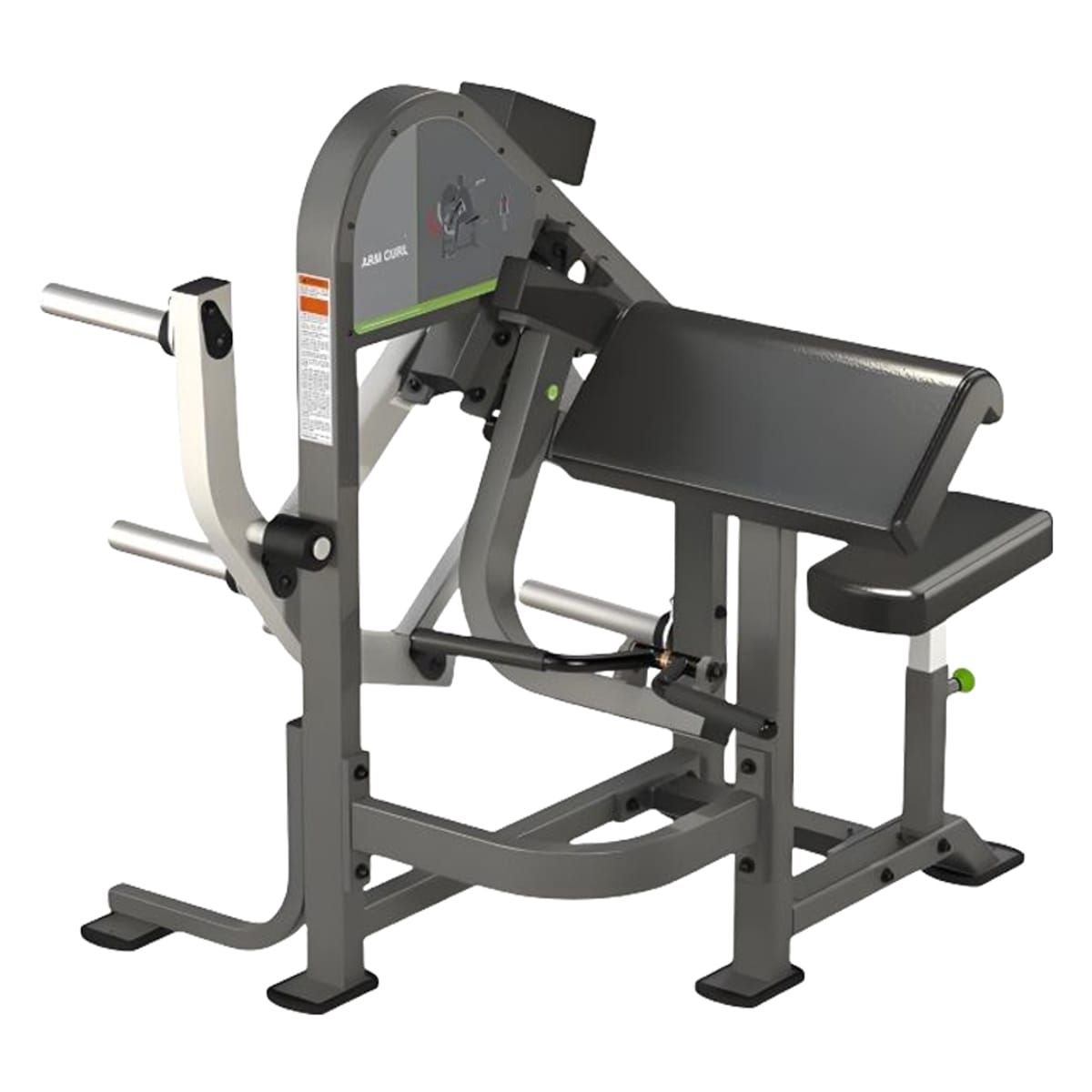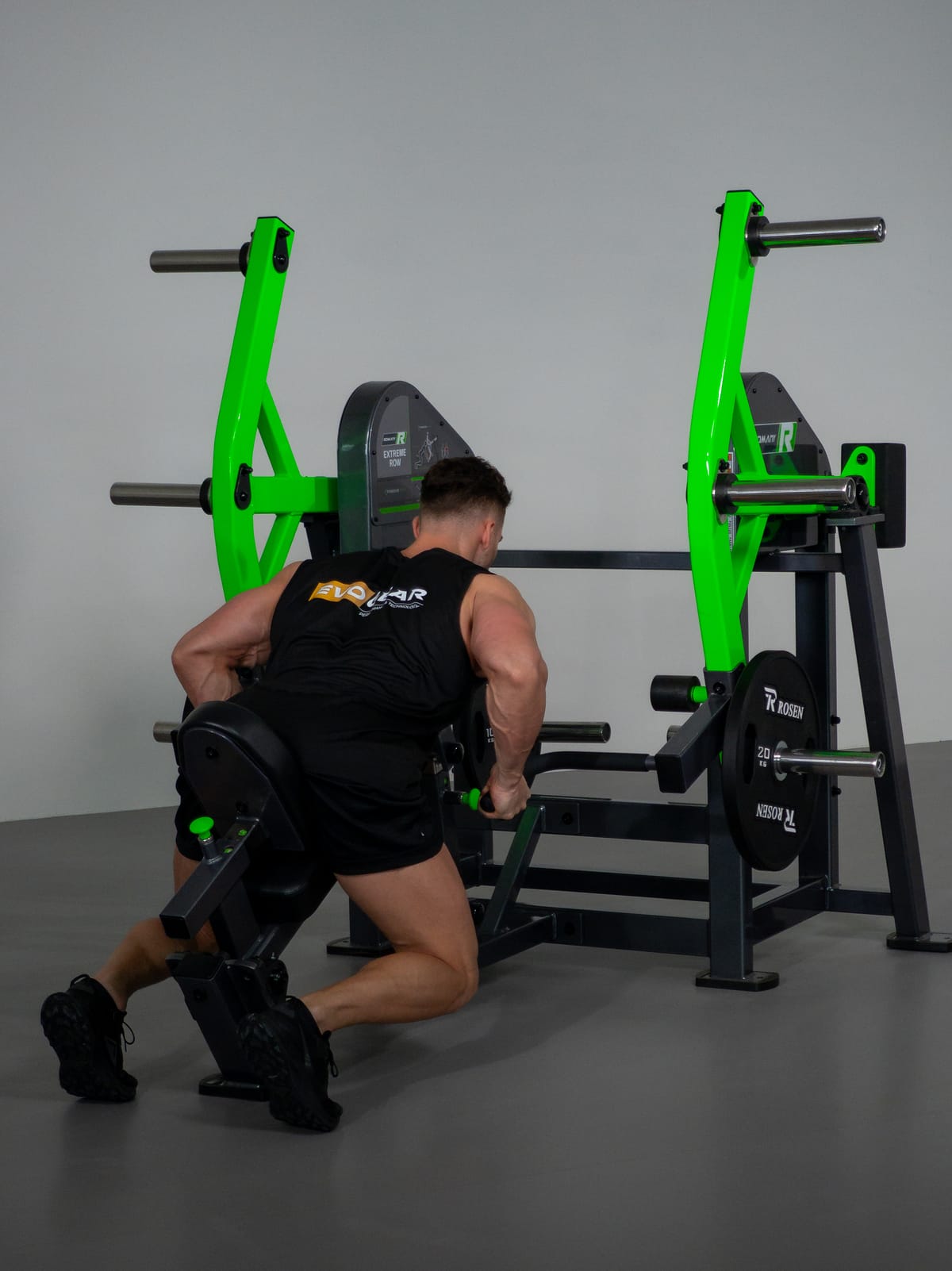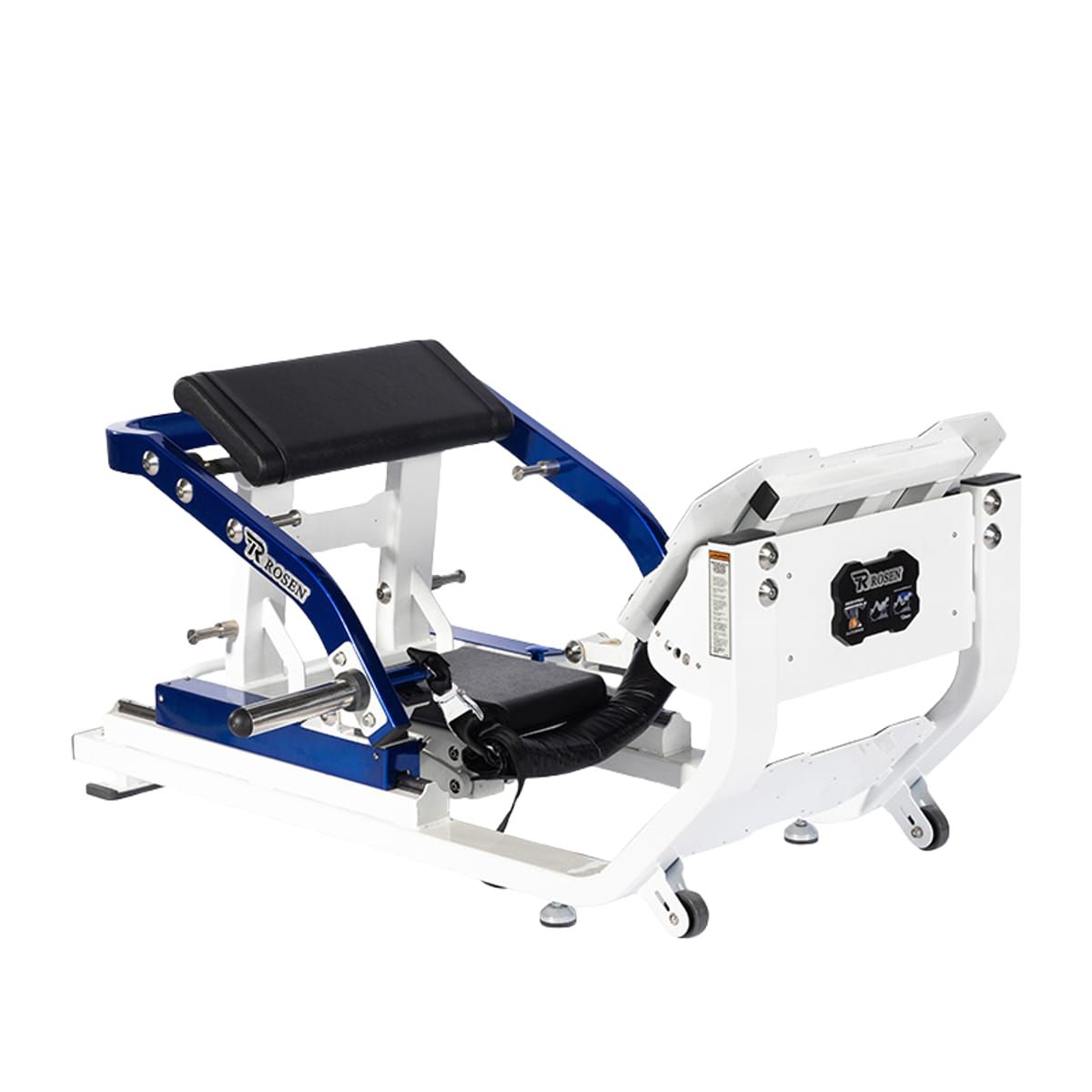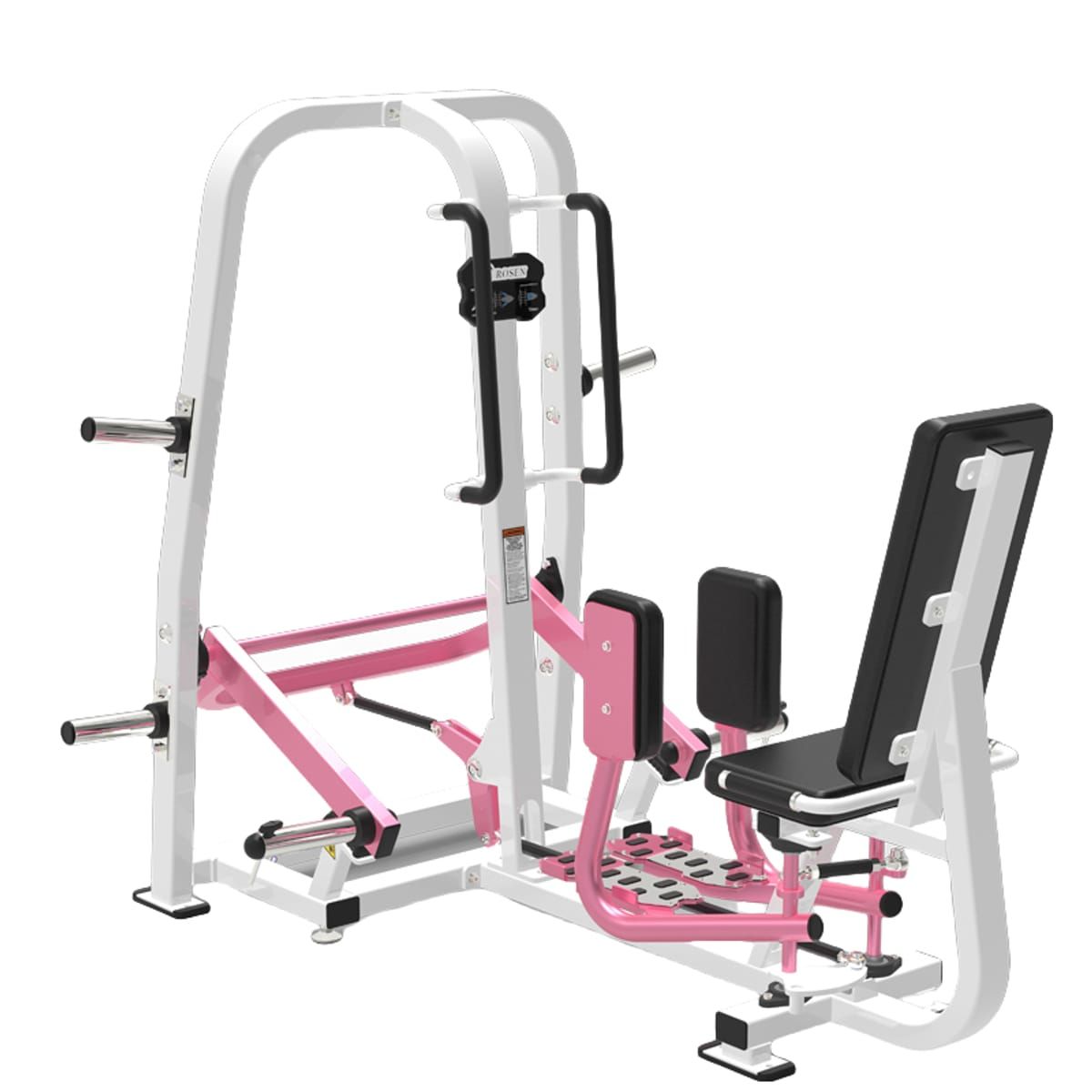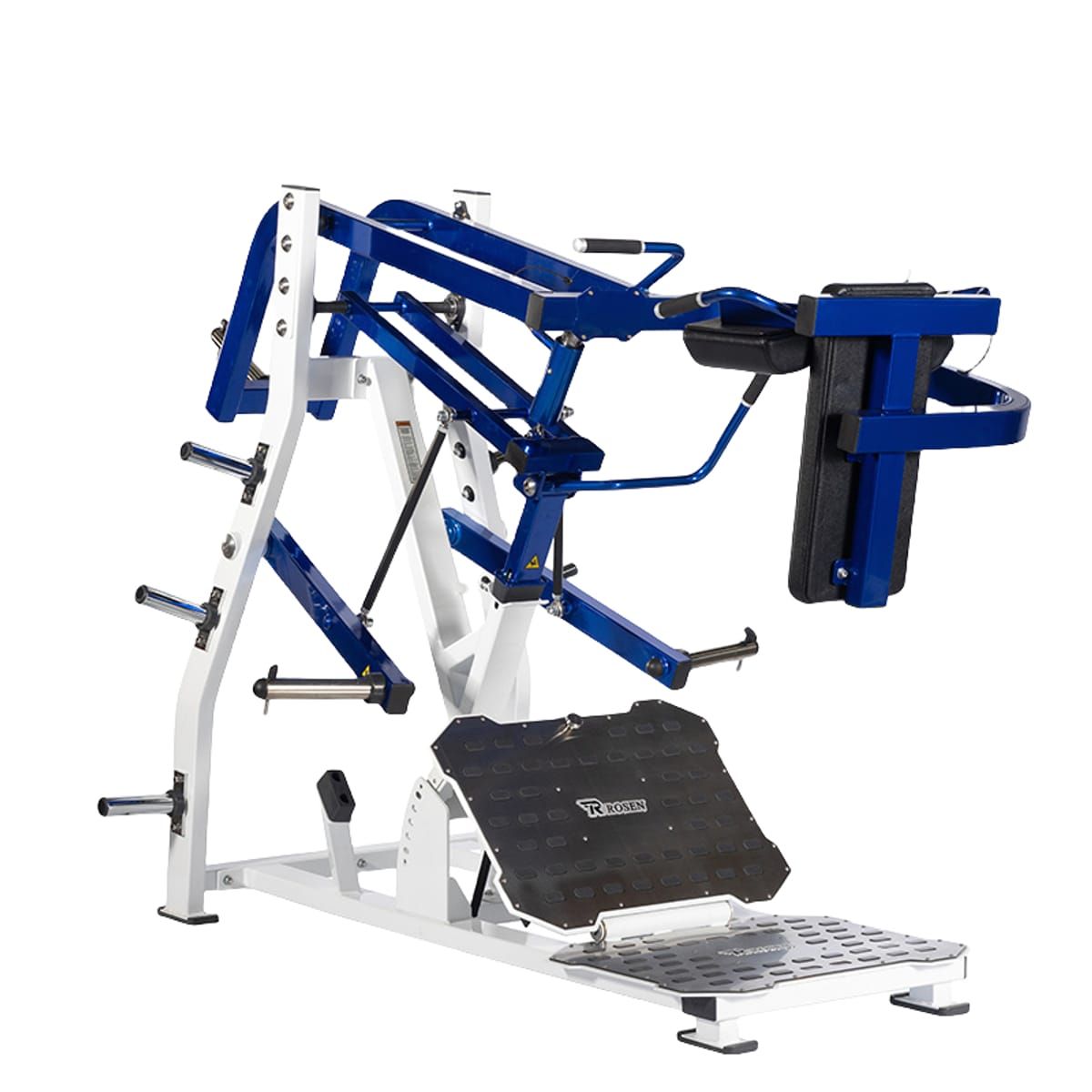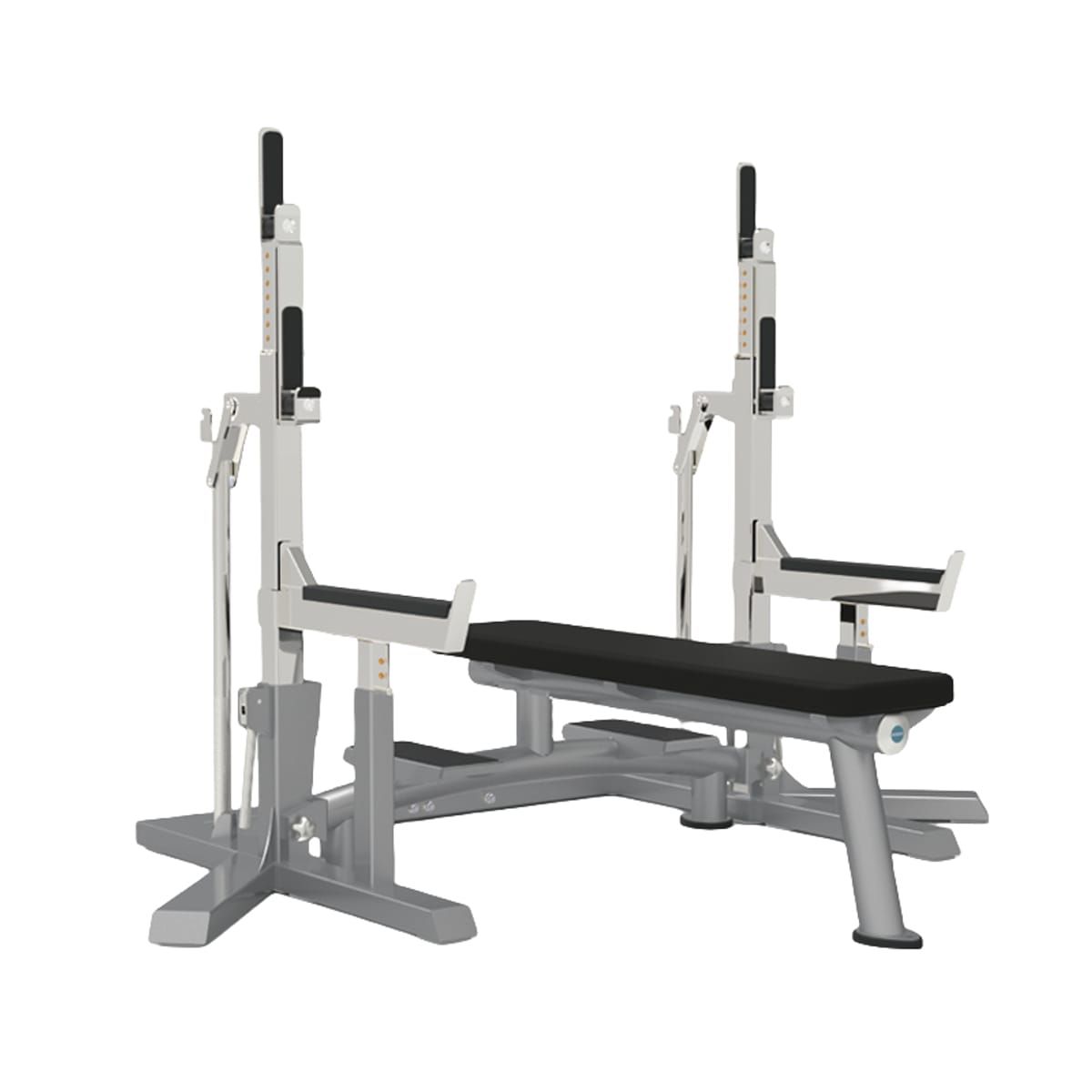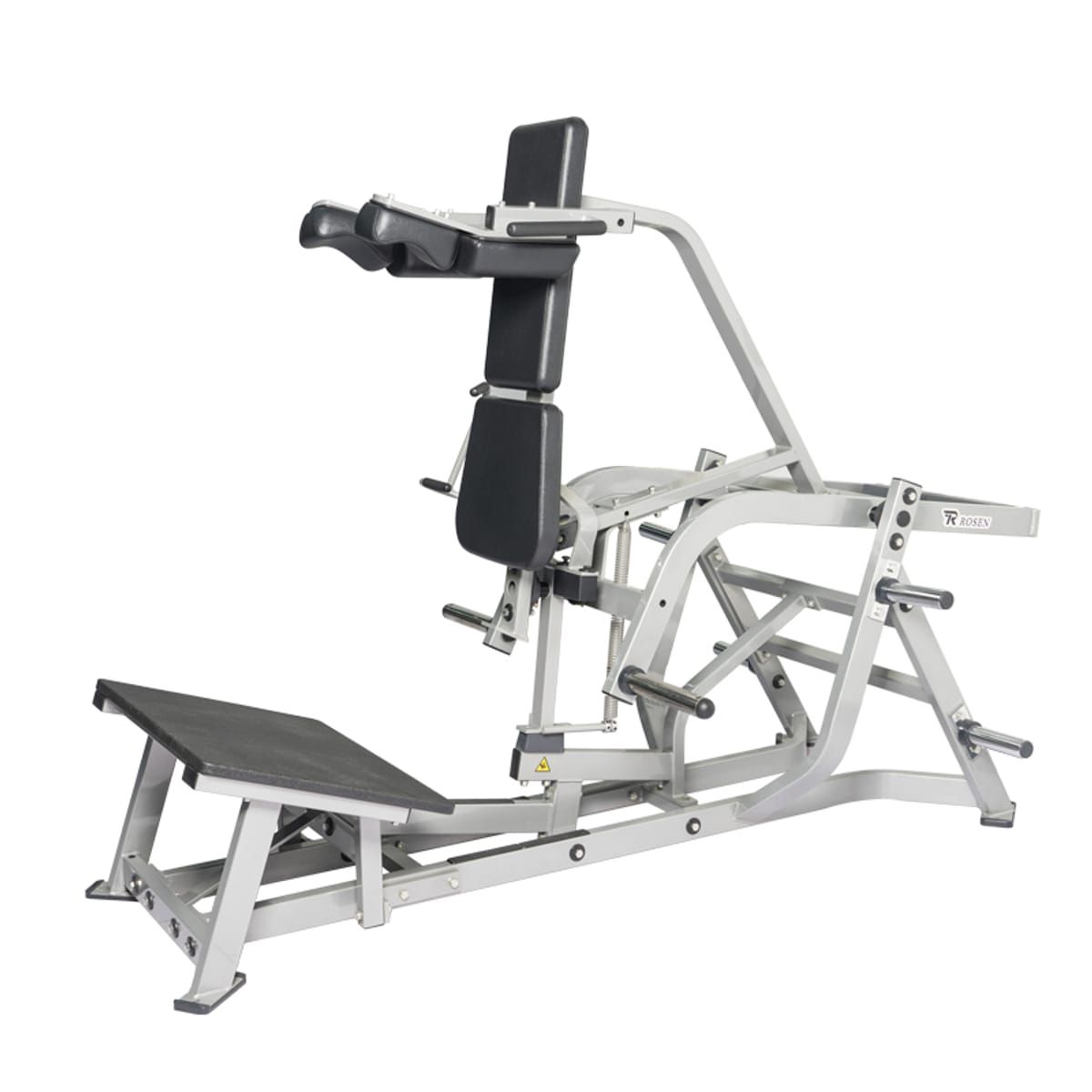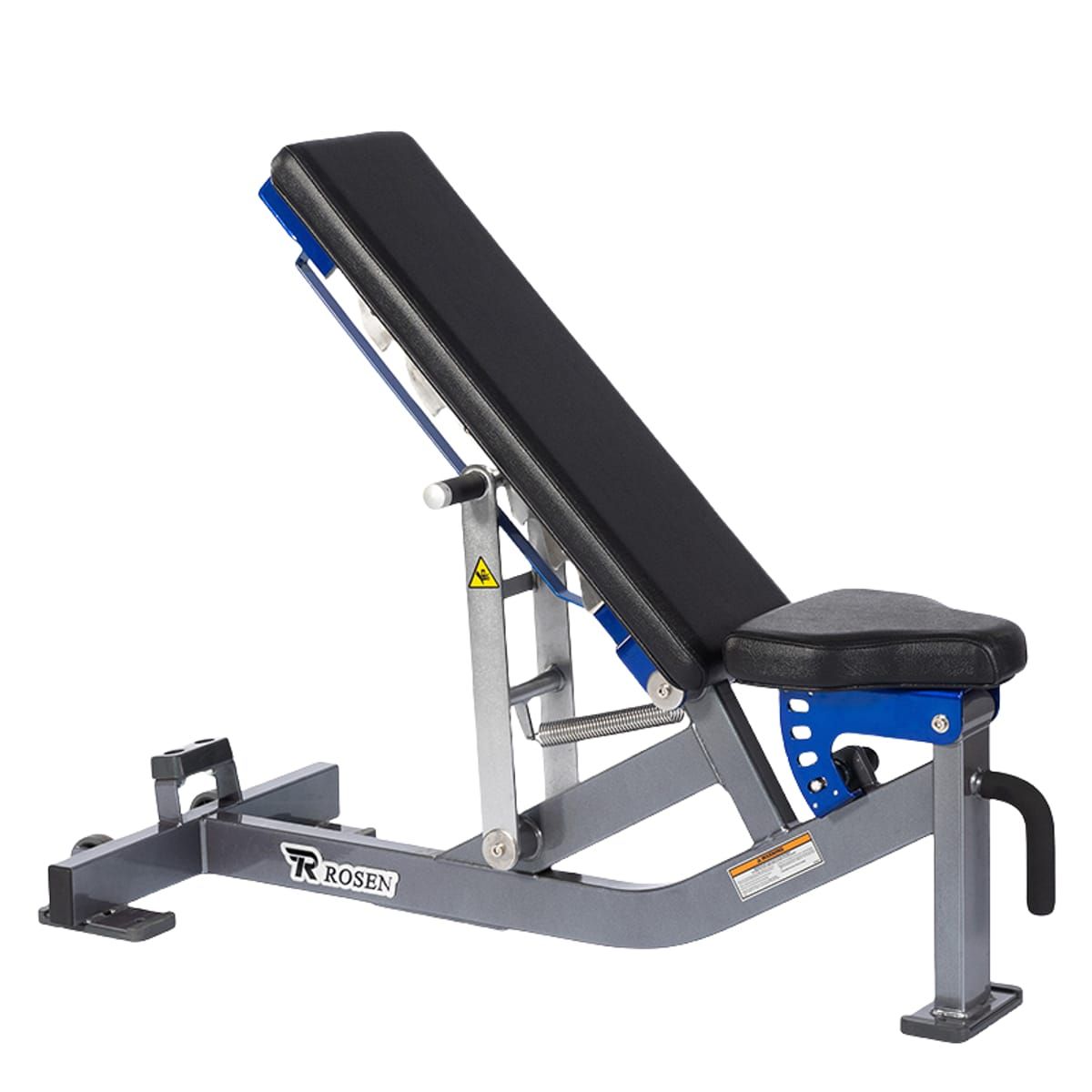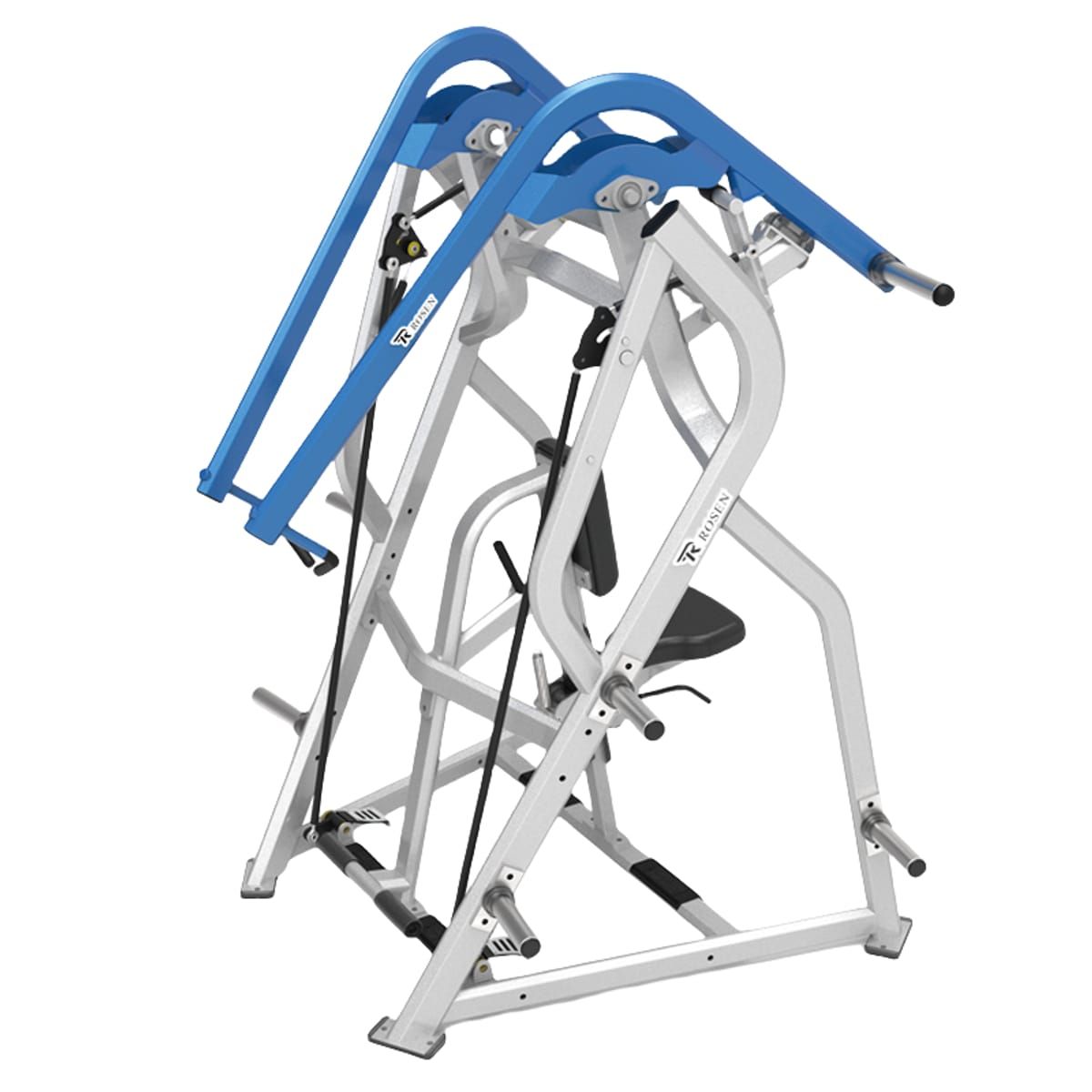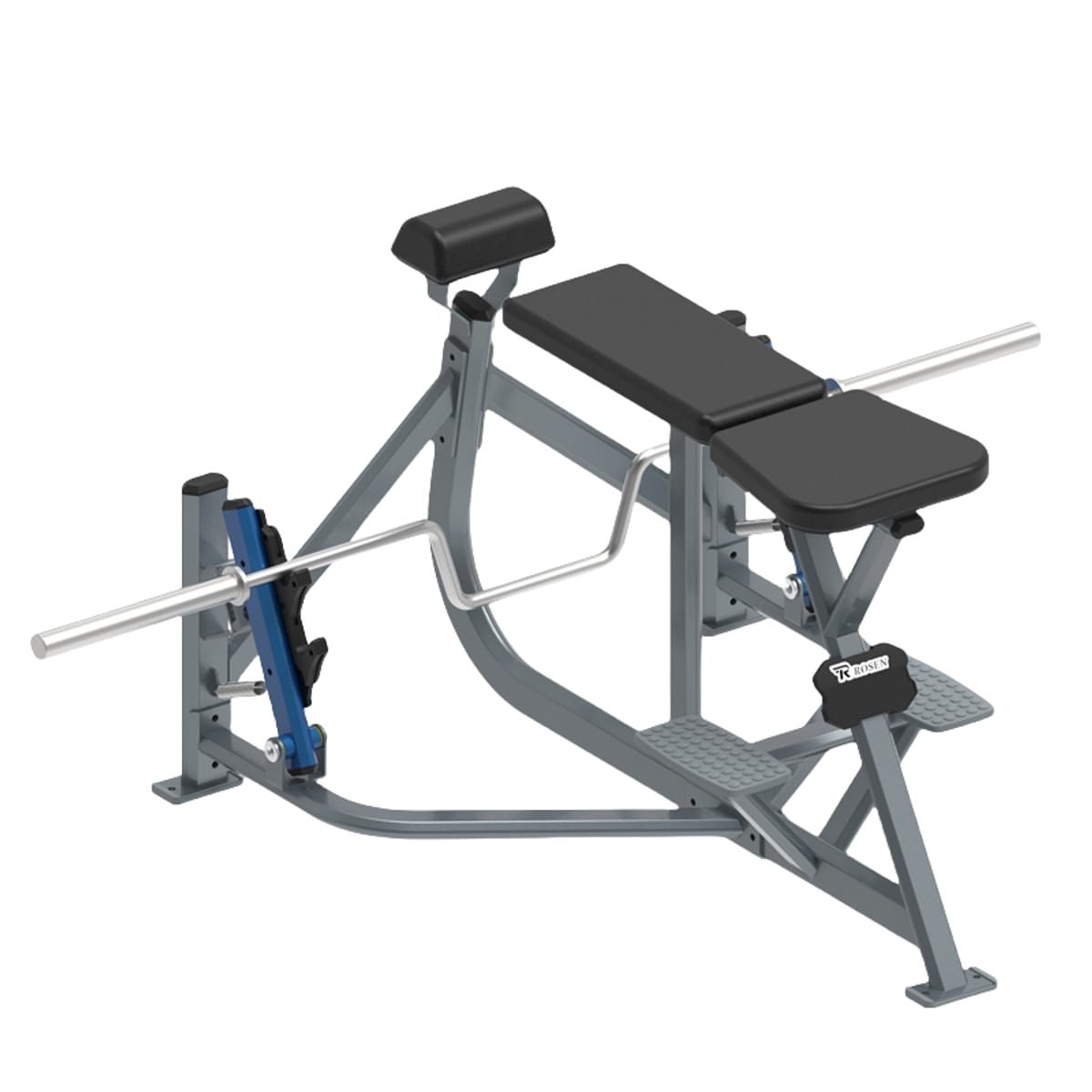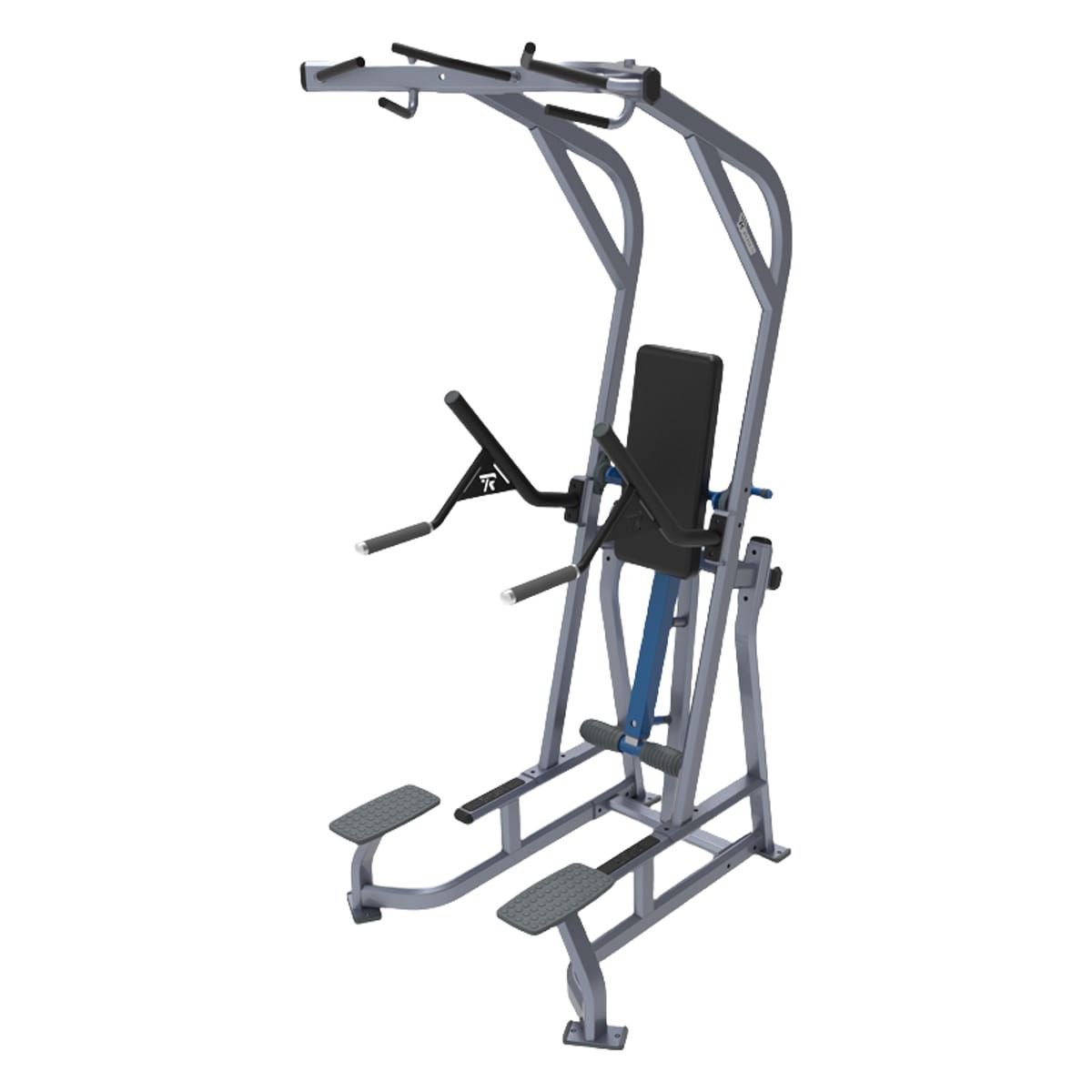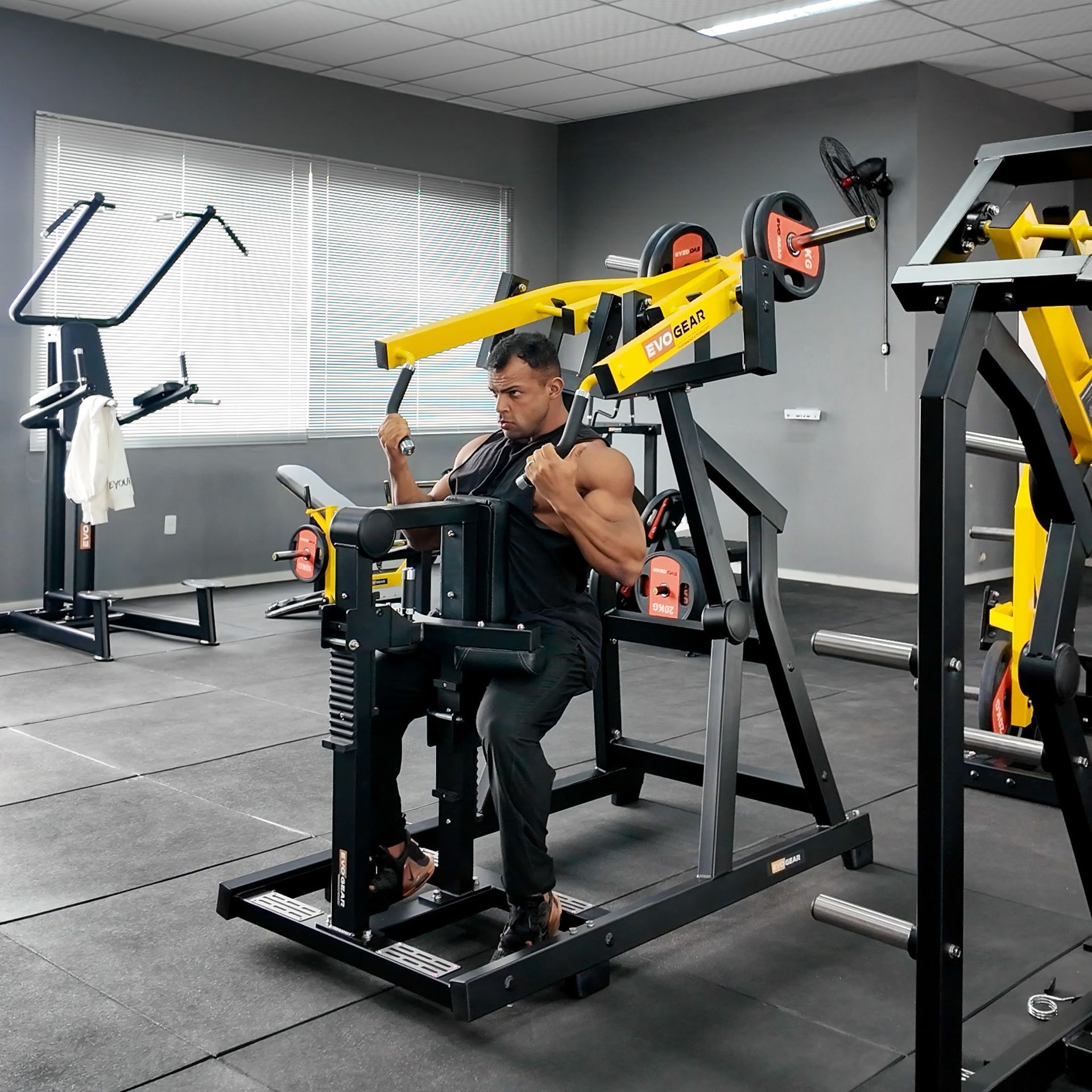Academias de Bairro: Como se Manter Competitivo no Mercado Fitness
Artigos Recentes
Navegue pelas nossas publicações recentes e novidades
O Desafio das Academias de Bairro
no Mercado Fitness
Neighborhood gyms, with their proximity and community ties, face the challenge of competing with large gym chains like Smart Fit and Bodytech, which offer attractive prices and extensive infrastructure. However, these local gyms have a unique advantage: the ability to create a personal connection with their customers and cater to the specific needs of the community.
In this article, we’ll explore strategies for these smaller gyms to stay competitive, from upgrading equipment and offering personalized services to effectively using digital marketing and strengthening community relationships.
Differences between Neighborhood Gyms: Proximity and Personalized Service
Proximity to customers is one of the greatest assets of neighborhood gyms. They offer convenience to those seeking practicality in their daily lives, as they are located close to homes or workplaces. In addition, these gyms have the power to offer personalized service, which is often difficult to find in large chains.
THE Gym Trajano, in Valinhos, São Paulo, is an excellent example of how a gym neighborhood can thrive by valuing this proximity. Founded over 40 years ago with a focus on martial arts, gym recently renovated by incorporating modern equipment from EvoGear, from the Bifrost and Tyr lines, expanding its services to include high-quality bodybuilding. This update allowed Trajano to stand out even more on the local scene, attracting both new students and retaining old practitioners.
The owner of the Gym Trajano, during the reopening, highlighted that the modernization of the equipment brought not only a competitive edge, but also a renewal of the family's dream. "We are satisfied with the modernity and biomechanics of the equipment. This makes the gym keep up with the latest developments on the market, always offering the best for students", he commented.
Equipment Modernization: Technology as a Differentiator
Keeping equipment up to date and in good condition is essential for neighborhood gyms to provide a safe and effective workout experience. Investing in modern equipment, such as that used by Gym Trajano, who bet on machines of EvoGear, can be a big differentiator. The technology applied to weight training equipment, which improves the biomechanics of exercises, attracts customers looking for faster and more effective results.
Even smaller gyms can take advantage of the best technology available. Modern equipment that connects to apps, allows students to monitor their performance and offers variations in workouts is increasingly in demand.
Furthermore, the space does not need to be large: with the correct layout and careful choice of machines, it is possible to optimize smaller areas, making them more functional and attractive.
Offering Personalized Services: A Key Factor for Loyalty
In addition to their infrastructure, neighborhood gyms can stand out by offering personalized services. Unlike large chains, where service is often impersonal, smaller gyms can provide closer contact with members, offering personalized service, including personal trainers, adapted training plans and specific modalities.
Functional training, yoga, Pilates and even CrossFit classes are modalities that can be explored, depending on local demand. Services such as detailed physical assessment and ongoing monitoring are valued by those seeking specific results. This makes the student feel part of an exclusive and welcoming environment, increasing the chances of loyalty.
Community Integration and Local Partnerships
Neighborhood gyms are deeply connected to their local community, and this connection can be strengthened through partnerships with other businesses in the area. Collaborating with physical therapy clinics, nutritionists, supplement stores, and health food restaurants can create a support network that benefits everyone involved.
These partnerships not only add value to the customer, but can also be a source of mutual promotion, attracting new audiences for both businesses.
THE Gym Trajano, for example, is recognized in the Valinhos community for her long history of dedication to well-being and sports, which further strengthens her bond with the local population. This demonstrates how a gym can grow and stay relevant by building a good reputation and strategic partnerships.
Adaptation to the Client Profile: Focus on Specific Services
Each community has its own characteristics, and neighborhood gyms must adapt their services to meet local demands. In many cases, these gyms may specialize in a niche market that is not being explored by the larger chains.
In the case of Gym Trajano, the incorporation of new weight training equipment not only met an existing need, but also expanded the company's operations to a new target audience, which previously sought weight training at other gyms in the region. This strategy, combined with maintaining the focus on martial arts, made the gym a broader reference in the municipality.
Privacy and Comfort: An Attraction for the Female Audience
Another important strategy for neighborhood gyms is to create a comfortable and safe environment, especially for women. Many women prefer gyms that offer privacy and a welcoming environment where they can work out without fear of harassment or discomfort.
Neighborhood gyms can create exclusive spaces for women, or offer times and spaces where women feel more comfortable to work out. Creating separate training areas or areas with less traffic can be an effective solution, in addition to specific classes that meet this demand.
Digital Marketing: Efficient Engagement and Promotion
With the advancement of technology, neighborhood gyms can also explore digital marketing to stand out. The use of social networks, such as Instagram and Facebook, is essential to promote the gym's services and promotions. gym, in addition to maintaining a direct communication channel with customers.
THE Gym Trajano, for example, used its reopening as a marketing opportunity, sharing videos and testimonials about the positive impact of the renovation of the space and equipment. EvoGear in the student experience. This visibility on social media strengthens the relationship with current students and attracts new interested parties, showing that gym is always evolving.
Conclusion: The Potential of Neighborhood Gyms in the Fitness Market
Neighborhood gyms, with their advantages of proximity and personalized service, can not only survive but thrive in the competitive fitness market. Investing in equipment modernization, such as Gym Trajano did when renovating his space with equipment from EvoGear, is one of the most effective strategies for attracting and retaining students.
Furthermore, offering differentiated services, strengthening local partnerships and creating a welcoming environment are key points for these gyms to remain competitive. By understanding the needs of the local public and offering personalized solutions, neighborhood gyms can stand out and gain a relevant place in the fitness market.
Conheça Nossos Equipamentos



